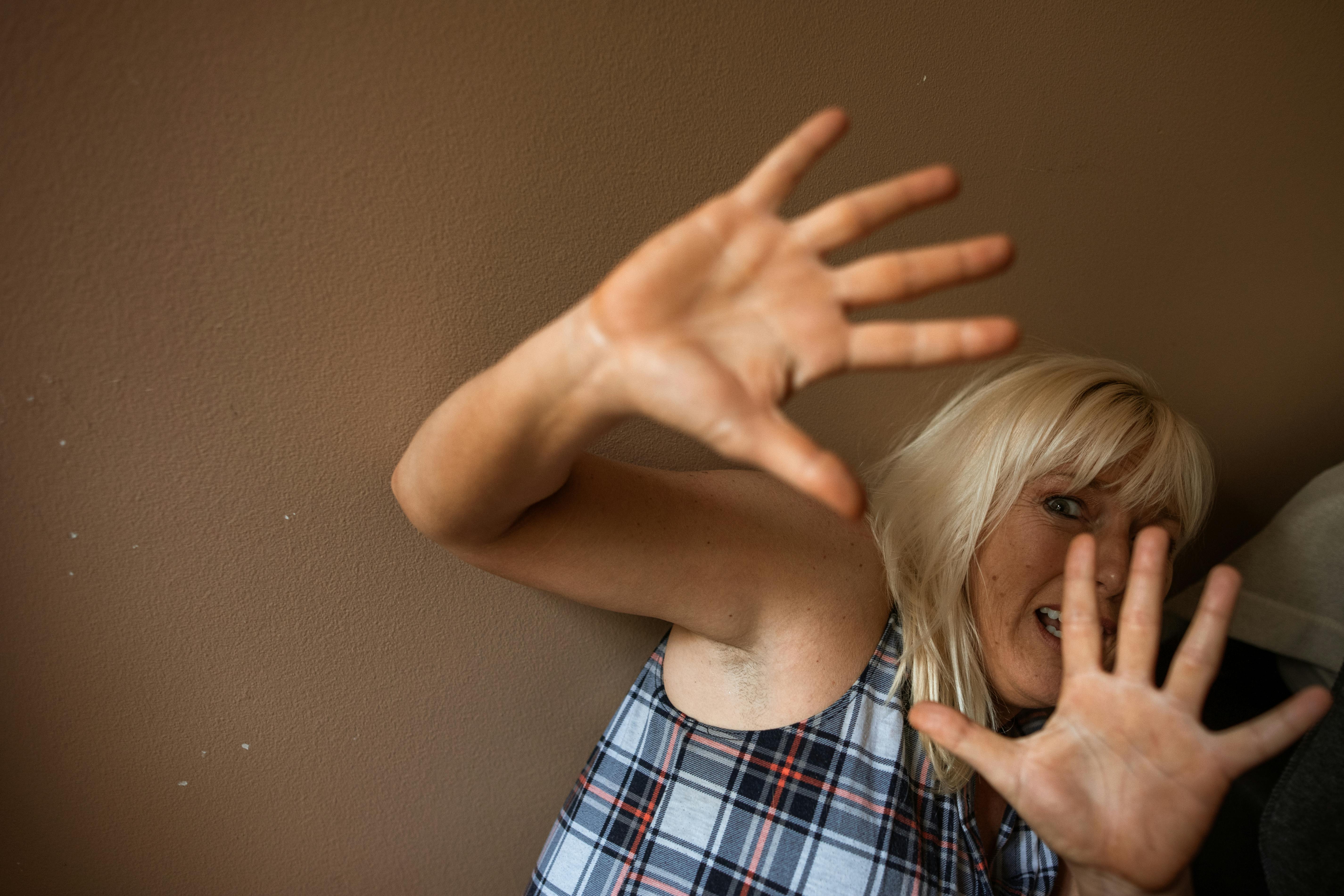I would like to give you some tips for hooping satin jackets for machine embroidery. We do not need topping for satin jackets because it is a stable fabric, unlike sports shirts and t-shirts that are knitted and elastic.
Hooping satin jackets is one of the most difficult small jobs for the new embroiderer to master. The placement of the design on the back of the jacket should be just right, not too low and not too high, and it should be straight. For placement, a general rule of thumb is to place the bottom of the letters (if using a bow, measure the letter at the top of the bow) seven inches below the neck seam. Another is to place the center of the design about 9 to 10 inches below the neck seam. (This is just a guide. If necessary, obtain a seam of the design or photocopy the actual size and place it over the jacket to determine the best placement.) Using clothespins, place a yardstick under each sleeve where the seams meet. Draw a line with tailor’s chalk or soap for horizontal placement. Make a mark halfway on this line to show the center. Be sure to double check these measurements with your eye – jacket making is not an exact science and sometimes you have to adjust one way or another to make up for discrepancies in measurements.
To avoid the bubble that appears if the lining and satin don’t line up, use a hoop board that the jacket can naturally cover, so both layers are right where they’re supposed to be. Check the straightness with a ruler against the straight edge of the hoop board, using your soap line as a guide. Once the jacket is in the hoop, hold it by the hoop and see if the two layers are even at the top or if one seems to be caught in the hoop. Check the bottom and note how the lining is laid with the jacket fabric. I have used these methods for years and have had great success with all of my satin jacket embroidery orders. Good luck!

